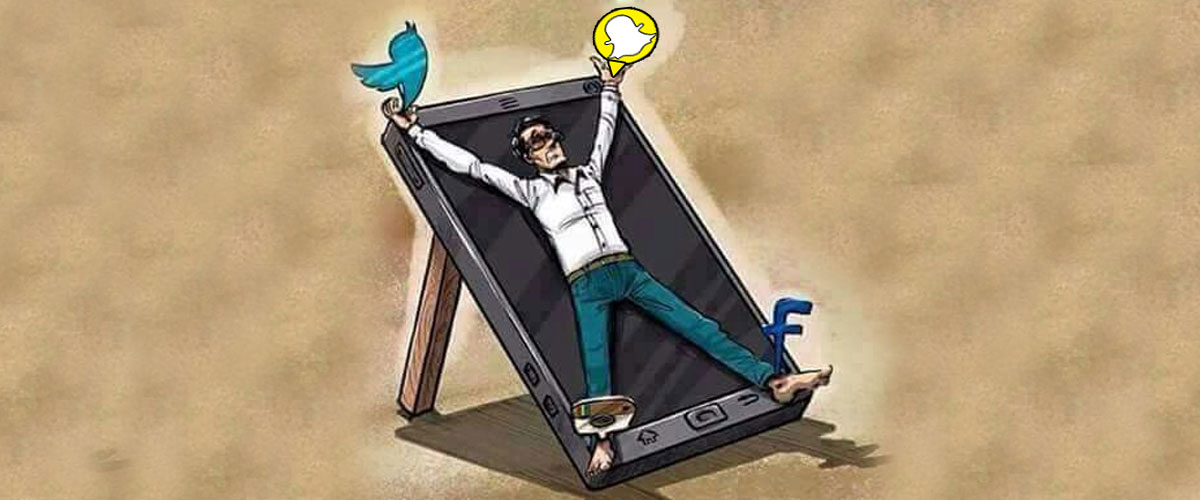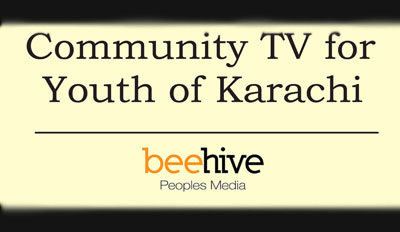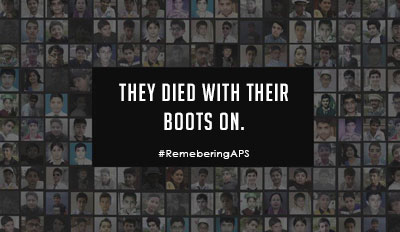Webaholism: Troubling Social Media
By FT Correspondent
The report, #StatusOfMind, from the RSPH and the Young Health Movement in UK, explored the positive and negative effects of social media on young people's ( 14-24 year-olds) mental health.
Around 1,500 youth was asked to score five social media platforms in terms of how they impact their health and wellbeing across a number of criteria, including anxiety, loneliness, body image, self-identity and impact on sleep.
Instagram emerged as the most negative, receiving poor ratings on seven of the 14 measures, in particular impact on sleep, body image, and fear of missing out. It did, however, receive positive ratings when it came to self-expression, self-identity and emotional support. Snapchat received the second most negative judgement.
YouTube was found to have the most positive impact on mental health and wellbeing since it scored well in nine of the 14 categories – and was the only one of the five sites to be judged to have a positive impact overall.
The report made a number of recommendations:
- Introduction of a pop-up heavy usage warning on social media;
- Platforms should identify users who show signs of suffering from mental health problems in their posts,
- Discreetly signpost to support;
- Platforms should highlight when photos of people have been digitally manipulated.
The research also found that 7 in 10 young people experience cyber bullying, with 37% of young people saying they experience cyber bullying on a high-frequency basis. Facebook users are twice as likely to be bullied than any other social network. Victims of such bullying were found to be more likely to experience low academic performance, depression, anxiety and self-harm.
Shirley Cramer, chief executive of RSPH spoke over the need for placing checks and balance in current times where we are upgrading the status of mental health and make social media less of a wild west for the youth’s mental well-being.Promoting and encouraging positive aspects of networking platforms is imperative to avoid situations that lead to social media psychosis.








